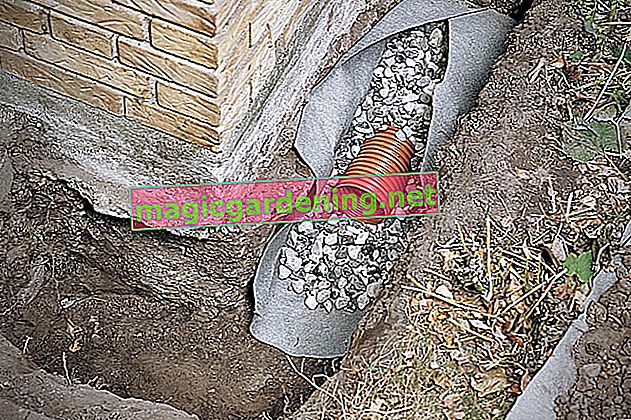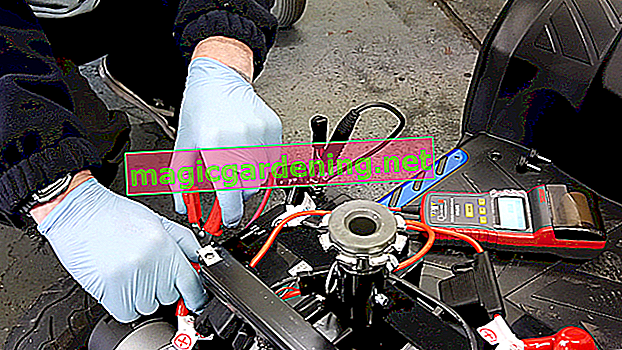
Water cannot drain
The cause of a wet lawn is that the rainwater cannot run off because the soil is too compact.
also read
- The lawn is too wet - what to do?
- A perfect lawn through underground irrigation
- Drain the meadow - instructions for drainage
Even in uneven gardens there are puddles on the lawn because the water collects in the depressions and only slowly seeps into the ground there.
Before creating a lawn, you should level the area and fill in any depressions. On slopes, make sure that the rainwater flows into the open air or is collected in a septic tank.
Lay drainage yourself
Even laying a drain to drain the lawn isn't as easy as most hobby gardeners believe. Get advice from an experienced garden technician or hire a company to carry out the drainage professionally.
It is important that the pipes are laid with a gradient of around three percent so that the water can drain off and the lawn can dry. Otherwise it could build up and lead to further flooding.
For the earthworks and the introduction of gravel, fleece and pipes, you may need a small excavator, depending on the size.
You need that for drainage
- Drainage pipes
- Flush pipes
- gravel
- fleece
- spade
- If necessary a small excavator
- Septic tank
Lay drainage
The drainage pipes have slots at the top through which the water enters the pipes. To prevent the pipes from clogging, they are placed in a bed of gravel at least 15 centimeters thick and covered with fleece.
They should be sunk at least 50 to 60 centimeters deep and covered with soil
Mark the route of the pipes so that you do not accidentally damage them later when digging.
Tips & Tricks
When draining the lawn, do not discharge the water onto the street or even into the municipal sewer. In most communities this is not allowed. To be on the safe side, find out beforehand which requirements you have to adhere to when installing a drainage system.
Ce








